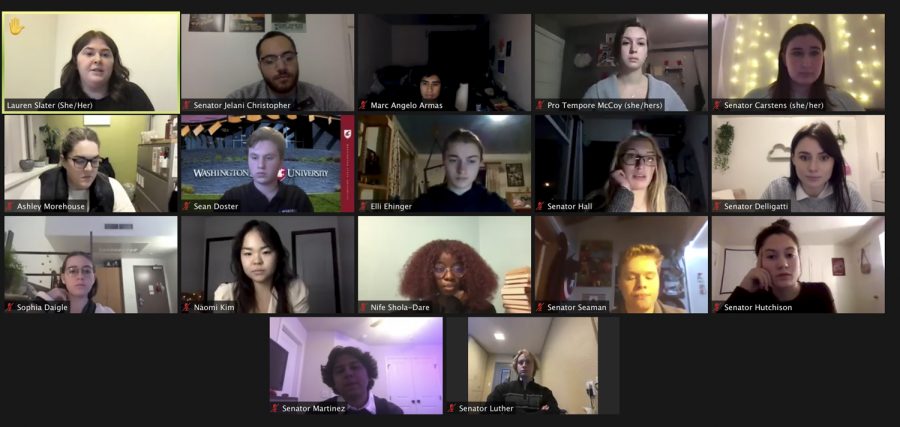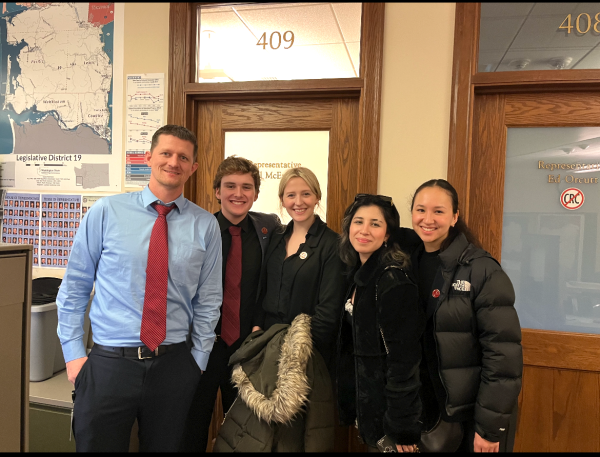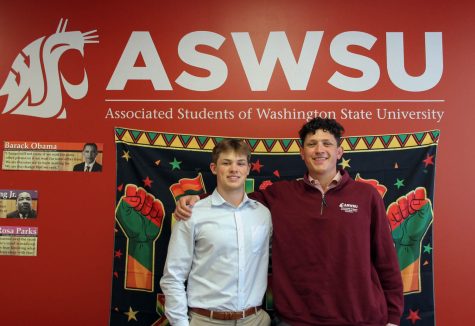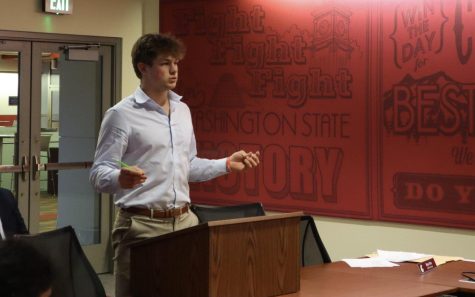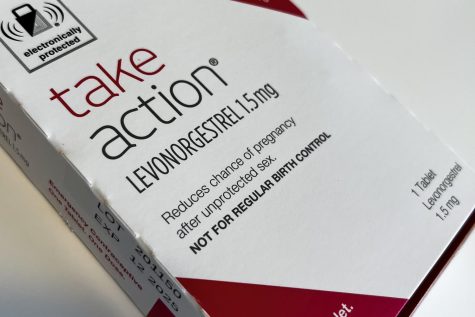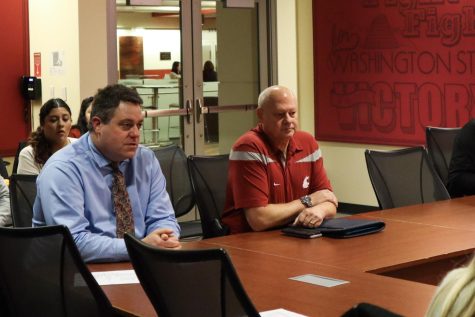Student graduation fees will not be reduced this year
University spending more money on shipping graduation supplies; ASWSU senators passed bill changing voter turnout for student fee initiative
ASWSU senators passed Bill 50-15, which requires only a 3 percent voter turnout for a student fee intiative to pass.
February 11, 2021
Student graduation fees will not be reduced this year, despite previous proposals by ASWSU President Curtis Cohen to lower costs because of the COVID-19 pandemic.
It seems like the university is spending more on shipping graduation supplies like diplomas this year than usual, Cohen said during an ASWSU Senate meeting Wednesday.
After an amendment to the original bill, ASWSU senators passed Bill 50-15. The bill was written by ASWSU Senator Jelani Christopher and sponsored by ASWSU Senator Oluwanifemi “Nife” Shola-Dare.
The bill states that for a student fee initiative to pass, at least 3 percent of students must vote, Christopher said.
The change to the required voter turnout percentage was made because of the pandemic and will revert back to a higher percentage when school returns to normal, he said.
The 3 percent requirement will accommodate for the small number of students participating in this year’s ASWSU election because of the transition to online learning, Christopher said.
The original bill proposed there be no minimum turnout required. ASWSU Senator Kathryn Carstens said she disagreed with the wording of the original bill.
She said students deserve to pass student fee initiatives with a minimum amount of voter participation even if they do not vote in large numbers this year.
“People are so sensitive about their money,” she said.
Bailey McCoy, ASWSU Senate pro tempore, said she agreed with Carstens. She believes a minimum voter turnout would be beneficial.
After discussions regarding the bill, Christopher said a 3 percent voter turnout seems attainable if the election is advertised.
“With people being so far away from campus, they are less likely to hear about the election,” he said.
Shola–Dare said she is not currently confident a lot of students will vote in the election. She thinks that a 3 percent voter turnout requirement is not equitable.

